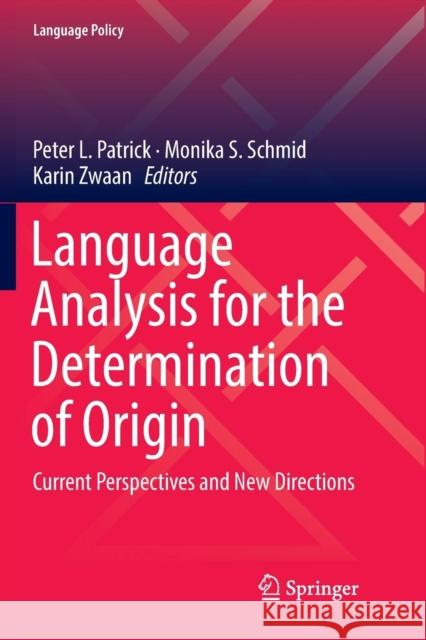Language Analysis for the Determination of Origin: Current Perspectives and New Directions » książka
topmenu
Language Analysis for the Determination of Origin: Current Perspectives and New Directions
ISBN-13: 9783030077013 / Angielski / Miękka / 2019 / 271 str.
Language Analysis for the Determination of Origin: Current Perspectives and New Directions
ISBN-13: 9783030077013 / Angielski / Miękka / 2019 / 271 str.
cena 564,88
(netto: 537,98 VAT: 5%)
Najniższa cena z 30 dni: 539,74
(netto: 537,98 VAT: 5%)
Najniższa cena z 30 dni: 539,74
Termin realizacji zamówienia:
ok. 22 dni roboczych
Dostawa w 2026 r.
ok. 22 dni roboczych
Dostawa w 2026 r.
Darmowa dostawa!
Kategorie:
Kategorie BISAC:
Wydawca:
Springer
Seria wydawnicza:
Język:
Angielski
ISBN-13:
9783030077013
Rok wydania:
2019
Wydanie:
Softcover Repri
Numer serii:
000258952
Ilość stron:
271
Waga:
0.40 kg
Wymiary:
23.39 x 15.6 x 1.52
Oprawa:
Miękka
Wolumenów:
01
Dodatkowe informacje:
Wydanie ilustrowane











